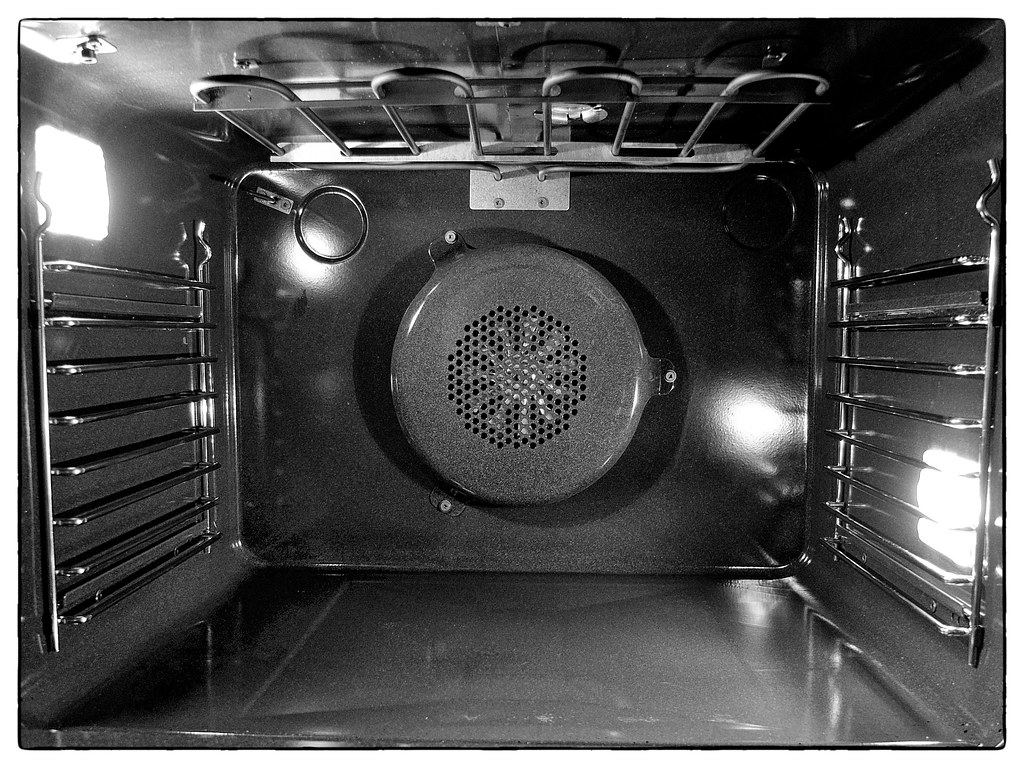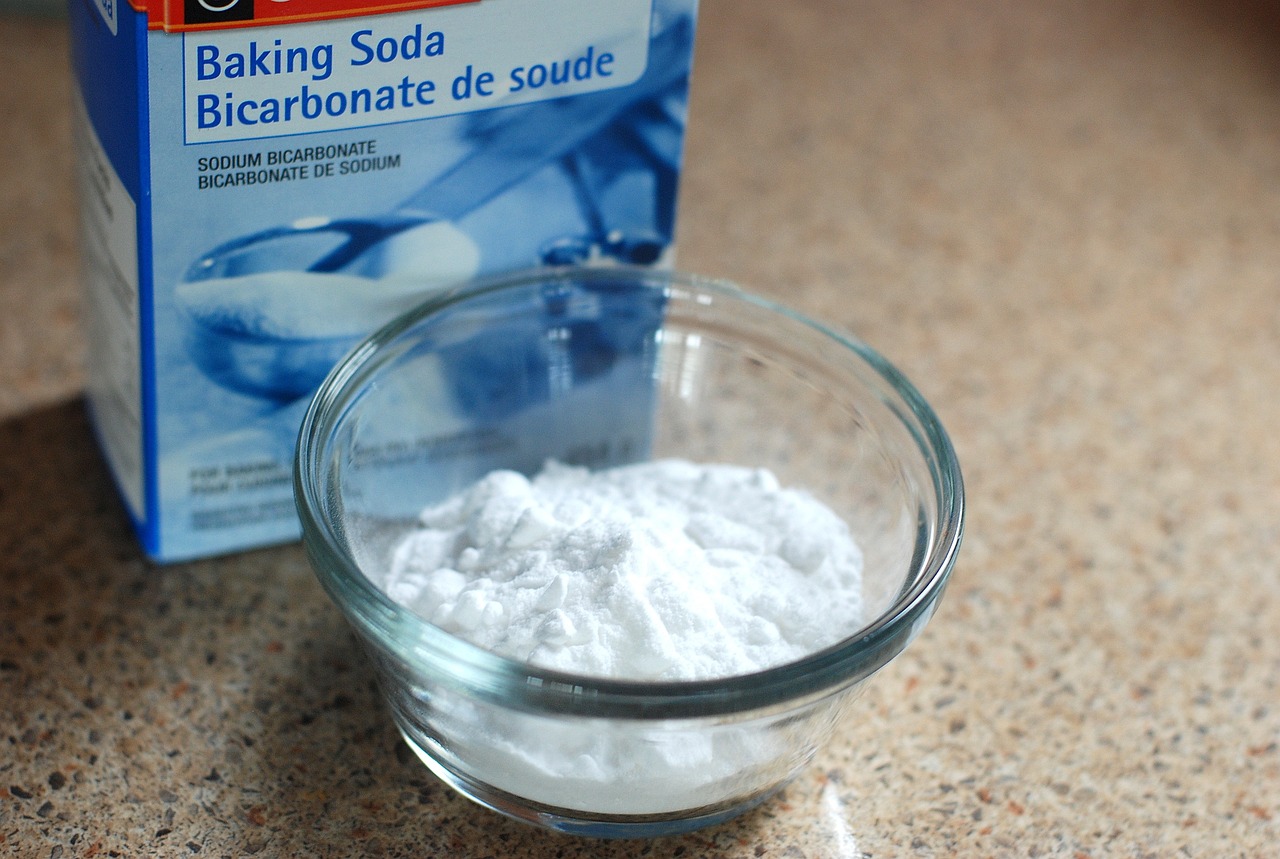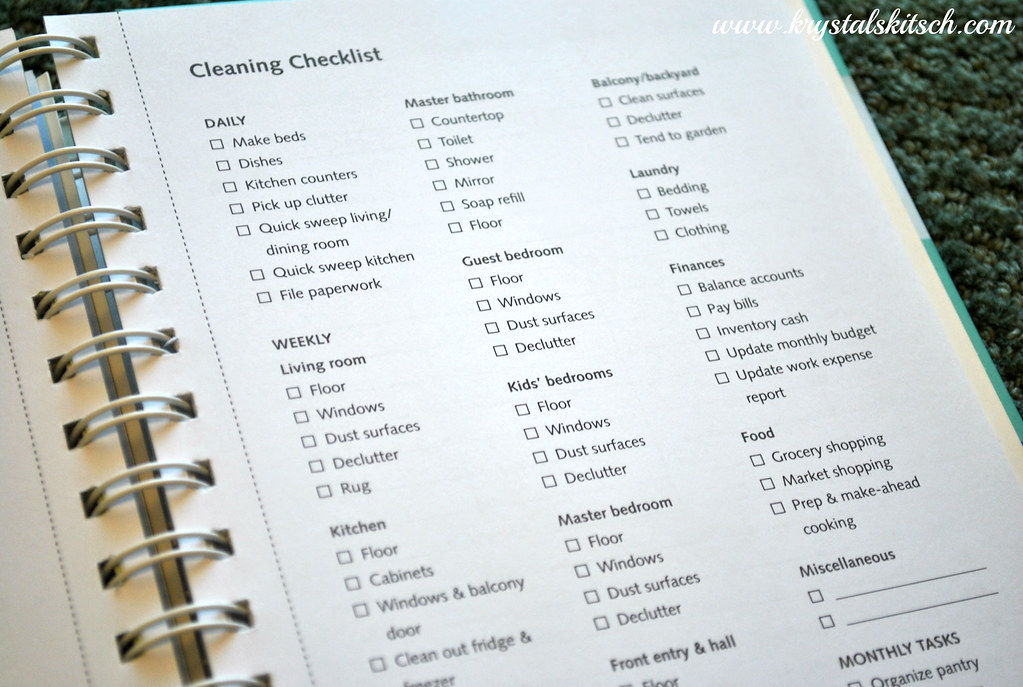

Are you tired of using harsh chemicals that harm both your health and the environment? Look no further! This beginner’s guide to green cleaning will provide you with all the information you need to start making eco-friendly choices.
Imagine being able to clean your home effectively while also reducing your carbon footprint. With simple tips, essential supplies, and homemade cleaning recipes, you’ll be well-equipped to tackle any cleaning task.
Get ready to transform your cleaning routine and make a positive impact on the planet.
Understanding the basics of green cleaning can help you make more informed choices about the products you use. Green cleaning refers to the use of environmentally friendly cleaning products and practices that minimize the negative impact on human health and the environment.
These products are typically made from natural, non-toxic ingredients that are biodegradable and do not contribute to air and water pollution. By opting for green cleaning, you can reduce your exposure to harmful chemicals found in conventional cleaning products, which have been linked to various health issues.
Green cleaning also helps protect the environment by reducing the amount of toxic chemicals released into the air and water supplies. Additionally, using green cleaning products can improve indoor air quality, creating a healthier living environment for you and your family.
One of the main reasons why people choose to go green when it comes to cleaning is because it is better for your health and the environment.
Green cleaning products are made from natural ingredients that are safer and less toxic than traditional cleaning products. These natural ingredients, such as vinegar, lemon juice, and baking soda, have been used for centuries for their cleaning properties. They are effective in removing dirt, stains, and odors without releasing harmful chemicals into the air or leaving behind residue on surfaces.
Green cleaning also reduces the risk of allergic reactions and respiratory problems caused by exposure to chemicals. By choosing to go green, you are not only protecting your health but also contributing to the overall well-being of the environment.
When it comes to essential supplies for going green with your cleaning routine, you can’t go wrong with items like vinegar, baking soda, and lemon juice. These common household ingredients have been used for centuries as natural cleaning agents and are backed by scientific evidence for their effectiveness.
Vinegar, for example, contains acetic acid, which has antimicrobial properties and can help remove dirt and grime. Baking soda, on the other hand, is a mild abrasive that can scrub away stains and odors. Lemon juice, with its high acidity, acts as a natural bleach and disinfectant.
To make your own cleaning solutions, all you need are a few simple ingredients that you probably already have in your pantry. By using homemade cleaning recipes, you can reduce your exposure to harsh chemicals and minimize your impact on the environment.
Here are three easy and effective recipes to get you started:
These homemade solutions are not only cost-effective but also safe for your health and the environment. Plus, they work just as well as store-bought cleaners. So, why not give them a try and enjoy a cleaner, greener home?
If you want to clean different surfaces in your home using environmentally-friendly methods, vinegar is a versatile and effective option.
Vinegar, a natural and non-toxic substance, can be used to clean various surfaces due to its acidic properties.
For glass and mirrors, combine equal parts vinegar and water in a spray bottle, then wipe with a microfiber cloth for a streak-free shine.
To tackle greasy kitchen countertops, mix vinegar with a few drops of dish soap and warm water. Apply the solution and scrub gently with a sponge.
For tile and grout, create a paste by mixing vinegar and baking soda. Apply the paste, let it sit for a few minutes, then scrub with a brush and rinse.
Remember to always test a small, inconspicuous area before using vinegar on delicate surfaces.
You can easily clean the kitchen using environmentally-friendly methods. Here are some tips to help you get started:
When cleaning your bathroom, consider using environmentally-friendly products and methods. Not only will this help protect the environment, but it will also create a healthier space for you and your family.
Start by replacing harsh chemical cleaners with natural alternatives. For example, vinegar and baking soda can effectively clean and disinfect surfaces like sinks, toilets, and showers.
Additionally, opt for eco-friendly cleaning tools, such as microfiber cloths and reusable mop heads, to reduce waste.
Another important aspect of green cleaning is conserving water. Fix any leaks promptly and consider installing low-flow showerheads and faucets to minimize water usage.
To make your laundry routine more eco-friendly, consider using cold water and line drying your clothes instead of relying on the dryer. By doing so, you can significantly reduce energy consumption and greenhouse gas emissions.
Here are some tips to help you transition to an eco-friendly laundry routine:
Now that you’ve learned some eco-friendly laundry tips, let’s dive deeper into the importance of avoiding toxic chemicals in your cleaning routine. Using harmful chemicals not only puts your health at risk but also contributes to environmental pollution.
To help you make informed choices, here is a table comparing common toxic chemicals found in cleaning products with their harmful effects and natural alternatives:
| Chemical Name | Harmful Effects | Natural Alternative |
|---|---|---|
| Chlorine bleach | Irritates skin and lungs, pollutes waterways | Hydrogen peroxide |
| Ammonia | Irritates eyes, throat, and lungs | Vinegar |
| Phthalates | Hormone disruption, asthma, and allergies | Essential oils |
If you’re a pet owner, it’s important to use pet-friendly cleaning products to keep your home safe and healthy for your furry friends. Cleaning products that contain toxic chemicals can be harmful to pets if ingested or inhaled.
To ensure a pet-friendly environment, consider the following tips:
Yes, you can use green cleaning products on all surfaces in your home. They are effective and safe for cleaning countertops, floors, windows, and more. Make sure to read the labels for proper usage instructions.
Yes, green cleaning products are safe for children and pets. They are made from natural ingredients that are non-toxic and free from harmful chemicals. You can confidently use them to clean all surfaces in your home.
To ensure the safety of your loved ones, familiarize yourself with common ingredients to avoid in conventional cleaning products. Protect your children and pets from harmful chemicals found in these products.
Yes, you can use green cleaning products in combination with traditional cleaning products. This can help reduce the use of harmful chemicals while still effectively cleaning your home.
To properly dispose of old or expired green cleaning products, you should check with your local waste management facility. They can guide you on the correct methods, ensuring you protect the environment while serving others.
In conclusion, you now have the knowledge and tools to embark on your green cleaning journey. By using eco-friendly cleaning supplies and homemade recipes, you can keep your home sparkling clean while reducing your impact on the environment.
Remember to consider different surfaces and rooms, such as the bathroom, and use green cleaning methods specific to each. And don’t forget about your laundry! With these tips, you can ensure your clothes are clean and green.
So, why wait? Start your green cleaning adventure today and make a positive difference for our planet. Can you imagine a world where every home is a haven of eco-friendly cleanliness?

